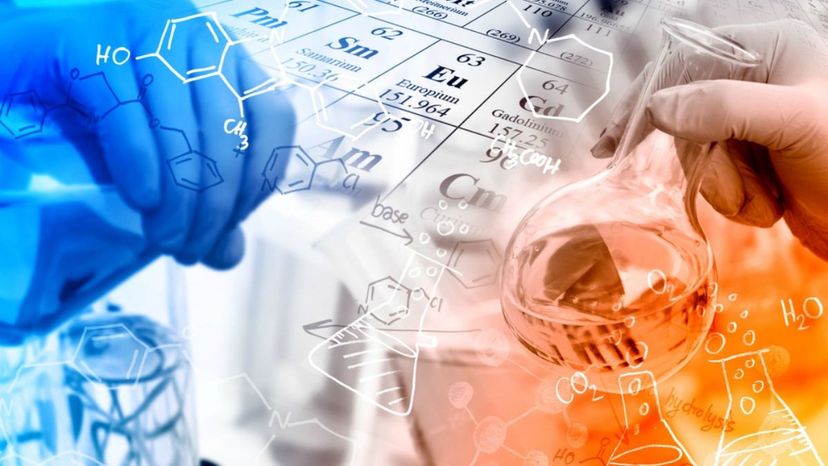
About This Quiz
The Periodic Table is an amazing collection of what our world offers. And it is organized in a table so one can understand the relationship of one element to another. For instance, as you move down the table, every row adds an orbital or sphere. At this time, there is a maximum of seven electron orbitals. Amazingly, just four of these elements; carbon, oxygen, hydrogen and nitrogen make up about 96% of the human body. And the first 18 elements (the first three rows) make up most of the matter in the cosmos!
What's truly fascinating is that the Periodic Table is constantly changing, with new elements being added all the time. Of the 118 known elements, 94 have been found naturally on Earth. The other 24 do not occur naturally, and instead have been made in a lab through a new chemical technique or scientific process that adds protons onto the nuclei until the total proton count is one that's never been reached before. Hence the bottom row of the Periodic Table are "recently" created elements such as nihonium, moscovium, tennessine and oganesson.
With all the new elements, this quiz may be more challenging than it was when you were in high school. And a word of warning: these questions get harder as you continue the quiz. Up for the challenge? Show your true brainiac self by taking the quiz now!
Advertisement
Advertisement
Advertisement
Advertisement
Advertisement
Advertisement
Advertisement
Advertisement
Advertisement
Advertisement
Advertisement